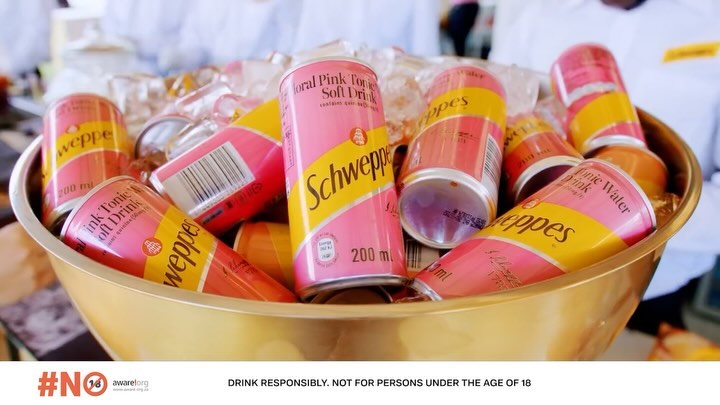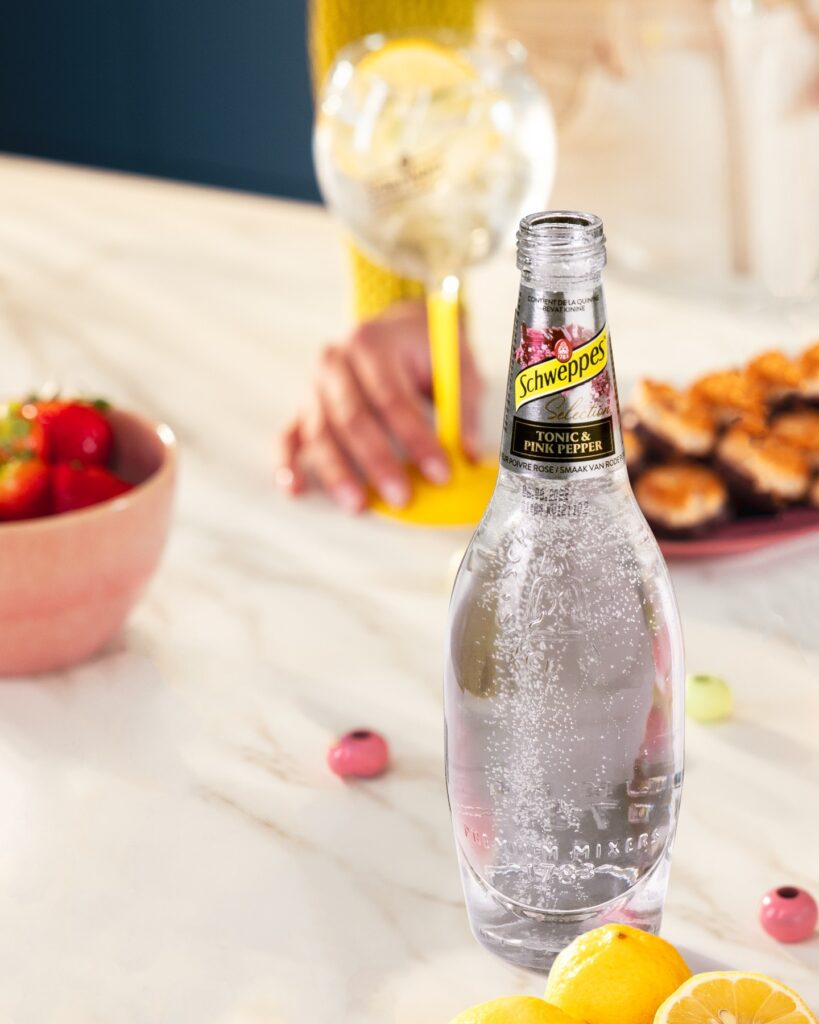Schweppes: A Legacy of Innovation and Resilience in the Beverage Industry

Schweppes: A Legacy of Innovation and Resilience in the Beverage Industry. In 1783, Johann Jacob Schweppe, a German-born watchmaker residing in Geneva, Switzerland, revolutionized the beverage industry by developing a method to produce carbonated mineral water on a commercial scale. Recognizing the potential of his invention, Schweppe established the Schweppes Company, laying the foundation for what would become a globally recognized brand.
Strategic Relocation and Royal Endorsement
Understanding the importance of market positioning, Schweppe relocated his operations to London in 1792. This move proved pivotal as the British market embraced his effervescent creation. The brand’s prominence surged in 1836 when King William IV granted Schweppes its first Royal Warrant of Appointment, signifying its status as an official supplier to the British monarchy. This royal endorsement not only elevated the brand’s prestige but also significantly boosted its popularity among the general public.

Innovative Marketing at the Great Exhibition
Schweppes’ marketing acumen was exemplified during the Great Exhibition of 1851 in London. As the event’s official beverage supplier, Schweppes introduced Malvern Soda Water and constructed a striking 27-foot crystal fountain that dispensed the drink. This innovative presentation captivated over six million attendees and resulted in the sale of more than one million bottles, cementing Schweppes’ reputation for creativity and showmanship.
Product Diversification and Market Expansion
Throughout its history, Schweppes has demonstrated a commitment to diversification and innovation. In 1870, the company introduced Ginger Ale, followed by the creation of the first carbonated tonic water in 1871, which became a staple in the classic gin and tonic cocktail. The launch of Bitter Lemon in 1957 further expanded the brand’s portfolio, catering to evolving consumer tastes and solidifying its position in the beverage market.

Artistic Collaborations and Advertising Ingenuity
In the 1920s and 1930s, Schweppes collaborated with artist William Barribal to produce a series of visually captivating posters that enhanced the brand’s image. The advertising innovation continued in 1945 with the introduction of the term “Schweppervescence,” encapsulating the lively and effervescent nature of the beverage. These marketing strategies effectively communicated the brand’s identity and resonated with consumers.
Mergers and Strategic Alliances
The 20th and 21st centuries saw Schweppes engaging in significant corporate maneuvers to strengthen its market position. The 1969 merger with Cadbury resulted in the formation of Cadbury Schweppes, combining expertise in confectionery and beverages. In 2008, the U.S. beverage unit merged with Dr Pepper, creating Keurig Dr Pepper, which now holds the Schweppes trademark in North America. These strategic alliances facilitated growth and expanded the brand’s global footprint.

Modernization and Rebranding Initiatives
In 2017, Schweppes embarked on a significant rebranding effort to align with contemporary consumer preferences. The introduction of a new skittle-shaped bottle paid homage to the original 1783 design, blending heritage with modern aesthetics. Additionally, the launch of the Schweppes 1783 range, featuring naturally flavored premium mixers, catered to the growing demand for sophisticated beverage options. This initiative was supported by a substantial marketing campaign, underscoring Schweppes’ commitment to innovation and market responsiveness.
Lessons for Aspiring Entrepreneurs
- Embrace Innovation: Continuously seek to improve and diversify product offerings to meet changing consumer demands.
- Strategic Positioning: Identify and establish a presence in markets that align with your product’s potential.
- Leverage Endorsements: Utilize credible endorsements to enhance brand credibility and appeal.
- Creative Marketing: Invest in unique and memorable marketing strategies to differentiate your brand.
- Adaptability: Be prepared to evolve and rebrand in response to market trends and consumer preferences.
Schweppes’ journey from a single-product company to a global beverage icon exemplifies the power of innovation, strategic marketing, and resilience. For entrepreneurs, Schweppes serves as an inspiring example of how authenticity and adaptability can drive long-term success in a competitive industry.


